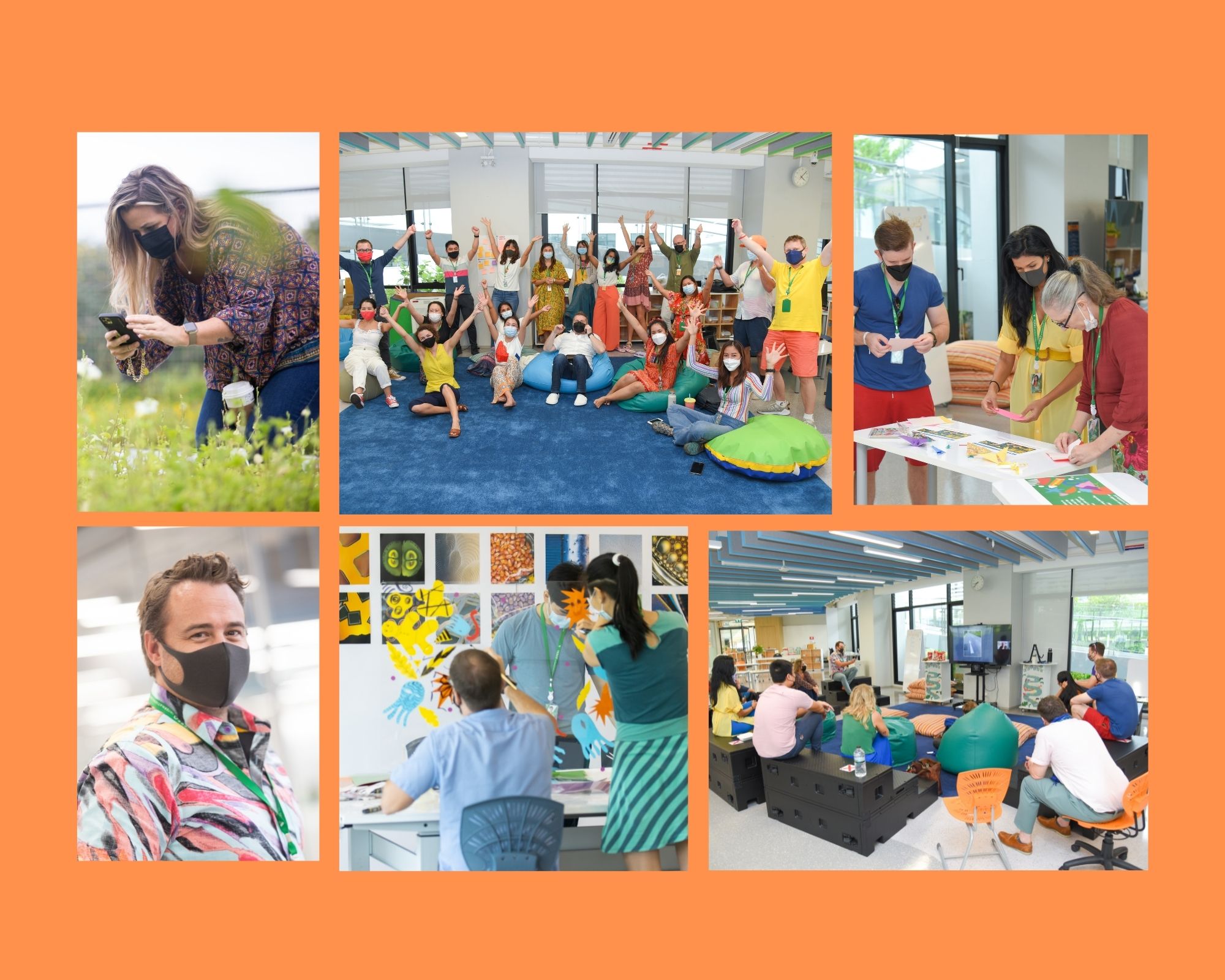7 Habits I Value in a Learning Designer
I’ve been reflecting a lot on how learning designers work together and how this directly connects with their relationship with students and their own teaching capability and craft. So what are the 7 habits I most value in a learning designer? This list below probably changes over time; however, these habits (in my opinion) are the key ingredient to ensure that students are getting a quality learning experience. If we are doing these habits well, we have a very good chance at bringing out the best in our VERSO students as we model tangible behaviors.
This reflection has led me to think about meetings and creative collaboration.
Although meetings are a context for collaboration, they are not collaboration itself. It is totally possible for collaboration to exist without meetings, and it is also totally possible for meetings to exist without collaboration. True collaboration becomes part of a school culture when educators are inclined to be collaborative. Not because they have been told to collaborate, but because they can see the value in it for learning.
This inclination to be collaborative involves a number of habits. Here’s my take on what 7 of them might be:
1. Friendliness
Highly collaborative educators are basically friendly. They enjoy chatting with people, and this opens up a myriad of possibilities to enrich learning. Because they are friendly, other teachers like hanging out with them and this makes it much easier to work together. Pretty simple really.
2. Being Curious
Highly collaborative educators are naturally curious, always asking questions and always interested in what is going around them. This curiosity is infectious and invites other teachers and students to get involved. Curious people are more likely to stick their head into other classrooms, more likely to probe in order to find out what people really mean and more likely to take an interest in what other people think. They are learners and are highly aware of how much there is to learn from their colleagues, students and community.*
3. Looking and Listening for Connections
Highly collaborative educators want to be collaborative and are, consciously or subconsciously, alert and actively seeking out connections and relationships with ideas, knowledge, talents, skills, thoughts, places, and people. Because of this natural connectivity inclination, highly collaborative people become more receptive to coincidence, serendipity, and good fortune that can make learning rich, complex, and real.
4. Continuing the Thinking
Highly collaborative educators don’t switch their brains off when they leave the school campus and back on again when they arrive the next day. They’re still thinking late into the night, jotting down notes, sharing ideas on social media, reading blogs, contacting other educators, and collaborating with a wide variety of networks. In addition, they generally like to share what they’ve learned with their colleagues over coffee the next day and don’t feel ashamed about “talking shop”!
5. Putting Learning First
Highly collaborative educators automatically generate more work for themselves by putting learning first - they can’t help themselves! When you put learning first, you remain open to all possibilities and are always keen to explore them further to see if they will have an impact on learning, and these possibilities frequently involve collaborating with other people.
6. Making time
Highly collaborative educators do not allow themselves to use time as an excuse not to collaborate. If there’s an idea they want to share with a colleague, they make the time to talk to them. If someone needs or wants to talk with them, they make time to listen generously. If an idea demands more time to become fully developed, they make the time to work on it. Most importantly, they don’t wait to be told what time they can collaborate, they just do it instinctively.
7. Making Thinking Visible
Highly collaborative people invite others to join them by putting their thinking “out there”. They are honest about what they think, they make crazy suggestions, they verbalize possibilities, they expose their vulnerabilities, they take public notes and draw visuals in meetings, they offer to help, they leave their doors open (or remove them), they stick post-its on the wall, they display quotes, they write, and they share. Far from being about attention-seeking or self-promotion, these tendencies are all about looking for like minds, allies and the desire to be better educators.
These habits are the ones I hope we are helping students discover when collaborating with one another too.
For our parents who work over a wide range of different industries across many levels, I do wonder if these 7 habits of collaboration resonate with you in a way where you see the value in these bringing out the best on an individual level and as a collective team in the workplace. Creative collaboration is such a powerful tool for us to maintain a beginner’s mindset, stay curious and always think of ways we can help bring people together. Which ones would you remove and what would you add to the list? For those that want to share their thoughts with me - shoot me an email at chad.walsh@verso.ac.th .
Tags: Learning Designers









